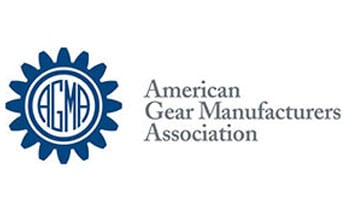American manufacturing isn’t declining, it’s booming. So why are there these myths that manufacturing in America is falling? We’ve got the answers.
Total U.S. manufacturing output, adjusted for inflation, was 215% higher in 2009 than it was in 1970, according to the United Nations. On a per-capita basis, output in 2009 was 142% higher than 39 years ago.
Despite these trends, Donald Boudreaux, a professor of economics at George Mason University, gave President & CEO Magazine reasons why manufacturing has gotten a bad rap in the United States.
‘Made in America’
Many consumer products are manufactured overseas. People are, in fact, less likely to see a “Made in America” stamp on common household products.
Where the U.S. is particularly strong, however, is with intermediate goods, Boudreaux said. The U.S. is also strong in primary metals, chemicals, electrical equipment and other capital goods.
“A pair of jeans, for example, labeled ‘Made in India’ very likely was produced using some capital goods made in America … ,” he said.
American manufacturing jobs peaked in 1943 at 40%. Today only 9% of Americans work in manufacturing.
This may seem as a negative, but it is quite the opposite. Technology advances have made plants more efficient and effective.
What the government classifies as “services” has also changed. For example, in 1943 manufacturers did not outsource jobs in shipping and payroll services. Recorded as manufacturing jobs, this also skews the job figures.
“Today’s typical American manufacturing worker annually produces nearly 700% more output than did his counterpart in 1943,” Boudreaux told President & CEO Magazine.
The Uncool Image
Meanwhile, a report done by The Manufacturing Institute and Deloitte Development LLC shows manufacturers have 600,000 vacancies nationwide. According to a story by CNNMoney.com, a machinist five years on the job can make $50,000. That can double to $100,000 in 10 years.
Still, an uncool image is making it difficult to find skilled workers. As overall employment has dwindled, schools have cut vocational classes. Many fear manufacturing is not a stable career.
But that’s not true either. Longevity has always been a staple of American manufacturing as employees are attracted by well-paying jobs, benefits and training programs.
At Master Power Transmission, many of the employees have been with the company for more than 30 years. The company’s successes can be traced to unique and robust product designs, fast delivery, great engineering support and easy access to technical data. It’s because of its people, however, that Master PT can deliver products efficiently and solve problems for the customer.




